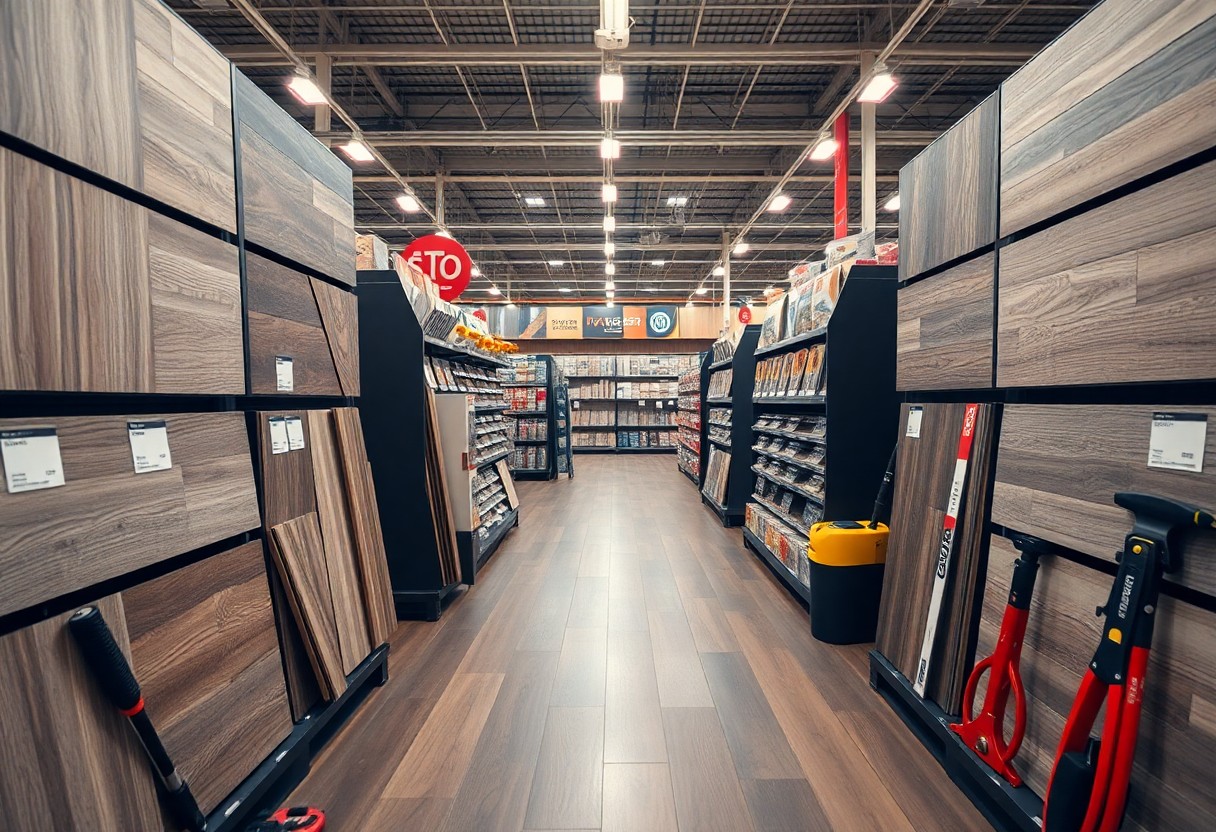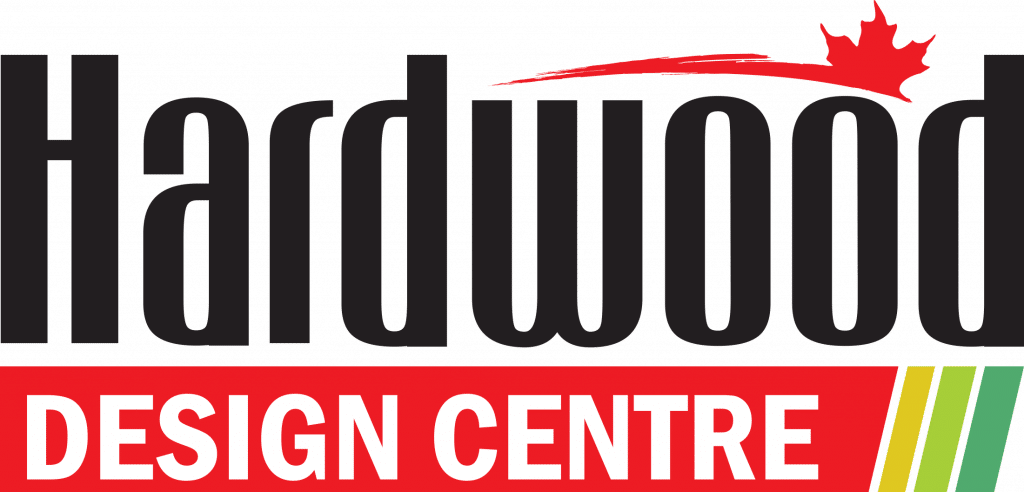Flooring choices can significantly impact your home’s aesthetics and value, making it vital to find quality vinyl options at the best price. In this guide, you will discover practical tips to navigate sales effectively, ensuring you make informed decisions without compromising on quality. From timing your purchase to researching factors that influence pricing, these strategies will help you secure the ideal flooring that fits your style and budget.
Understanding Vinyl Flooring
Vinyl flooring is a versatile and resilient flooring option, popular for both residential and commercial spaces. It typically consists of multiple layers, including a protective top layer, design layer, core, and backing. Available in various styles, colors, and textures, vinyl can mimic the appearance of natural materials like wood or stone while providing a budget-friendly solution. Its water-resistant properties make it an ideal choice for areas exposed to moisture, such as kitchens and bathrooms.
Types of Vinyl Flooring
When exploring vinyl flooring, you’ll encounter several types, each suited for different installation methods and performance needs:
- Sheet Vinyl
- Vinyl Plank
- Vinyl Tile
- Loose Lay Vinyl
- Rigid Core Vinyl
Recognizing the differences between these types can help you choose the right option for your home.
| Type | Description |
| Sheet Vinyl | Large, continuous sheets, ideal for minimizing seams. |
| Vinyl Plank | Resembles hardwood, easy to install with click-lock edges. |
| Vinyl Tile | Available in various designs, reminiscent of ceramic tiles. |
| Loose Lay Vinyl | Simple installation, using weight for stability without adhesive. |
| Rigid Core Vinyl | Includes a sturdy core for extra durability and noise reduction. |
Benefits of Vinyl Flooring
Choosing vinyl flooring offers several advantages, making it a preferred option for many homeowners. Its affordability, ease of maintenance, and extensive design options provide flexibility in any space. Vinyl is also known for its comfort underfoot and sound absorption properties, making it suitable for busy households.
In addition to its aesthetic appeal, vinyl flooring is highly durable and resistant to scratches and stains, which is especially beneficial in high-traffic areas. The waterproof nature offers peace of mind in moisture-prone spaces, while its cost-effectiveness allows you to achieve the look of luxury materials at a fraction of the price. With a wide range of styles, including wood and stone looks, you can effortlessly enhance your interior design without sacrificing quality or breaking your budget.
How to Identify Quality Vinyl Flooring
Identifying quality vinyl flooring involves assessing various factors that ensure durability and aesthetic appeal. Examine the construction, thickness, and warranty provisions, as these elements will indicate how well the flooring will perform over time. Look for honest reviews and certifications to gauge their market reputation as well.
Key Features to Look For
Several key features can help you discern high-quality vinyl flooring from the rest.
- Thickness: A standard thickness of 4mm or more is preferable.
- Wear Layer: Look for at least 12 mil for residential areas.
- Backing Material: Consider a rigid backing for improved stability.
- Water Resistance: Several options provide a waterproof warranty.
- Texture: A textured finish can enhance realism and reduce slipperiness.
Recognizing these attributes will lead you to superior vinyl flooring options.
Common Signs of Low-Quality Flooring
Low-quality vinyl flooring often displays distinct signs that can help you make informed decisions. Common indicators include thin wear layers, poor color retention, visible seams or edges, and a lack of warranties. Flooring that feels flimsy or curls at the edges is typically subpar. Additionally, excessive vinyl smell upon unboxing is another sign of inferior materials used in production.
Low-quality flooring can lead to numerous issues, such as premature wear, fading colors, and an overall unreadable appearance. For example, vinyl with a wear layer less than 6 mil may show scratches quickly, while boards that lack proper sealing can become waterlogged. Knowing these signs will steer you away from potential disappointments and guide you toward a satisfactory flooring choice.
Tips for Shopping Smart
Shopping smart for vinyl flooring requires strategic planning and smart choices. Start by setting a clear budget that includes all related costs, such as installation and finishing. Look for sales and promotions at various retailers and don’t hesitate to negotiate prices. Be open to exploring different styles and brands that fit your needs while maintaining quality. Lastly, always check customer reviews and warranty information. Thou should use these tips to ensure you make the smartest purchase possible.
Researching Brands and Products
Conduct thorough research on flooring brands and their products. Delve into the features of the vinyl flooring you’re considering, such as thickness, wear layer, and durability ratings. Check for reputable companies that offer reliable customer service, and compare their warranties and guarantees. This research empowers you to make informed choices based on quality, not just price.
Comparing Prices Effectively
To compare prices effectively, gather quotes from multiple retailers for identical flooring styles. Look for online deals and special promotions, and inquire about hidden costs related to shipping and installation. Utilizing price comparison websites can also streamline the process, saving time and ensuring the best deal options. Comparison charts can help simplify the decision-making process.
Price Comparison Table
| Retailer | Price per Square Foot |
|---|---|
| Store A | $2.50 |
| Store B | $2.80 |
| Store C | $2.30 |
Arranging your findings into a comparison chart helps visualize price differences, warranties, and quality ratings of your options. Determine not only the lowest price but also the value received, factoring in durability and style versatility. This approach leads to more conscious purchasing decisions without compromising on quality.
Price Comparison Insights
| Aspect | Details |
|---|---|
| Discounts | Look for seasonal sales and clearance items that can significantly lower costs. |
| Installation Costs | Factor in installation as some retailers offer free installation with a minimum purchase. |

Factors Influencing Pricing
Several factors play a significant role in determining vinyl flooring prices. Understanding these influences can help you make informed decisions that match both your style and budget. Key aspects include:
- Brand reputation
- Material quality
- Installation type
- Warranty coverage
Recognizing these factors will enable you to evaluate products more effectively.
Thickness and Durability
Thickness directly correlates with durability; vinyl flooring typically ranges from 2mm to 8mm. Thicker options generally resist wear and tear better, making them ideal for high-traffic areas. Selecting a product with an adequate wear layer (12 mil or higher) enhances lifespan and resilience, ensuring your investment stands the test of time.
Style and Design Trends
Trends in vinyl flooring often reflect broader interior design movements. Natural wood looks, patterned tiles, and bold colors are gaining popularity, appealing to diverse aesthetics. You can leverage these trends to add a modern touch to your space while maximizing resale value.
Trend observations show that rustic finishes inspired by reclaimed wood and realistic stone effects are particularly in vogue. For instance, designs mimicking herringbone patterns or hand-scraped textures cater to the desire for uniqueness, allowing your flooring to serve as a central design feature. Keeping up with these styles can create environments that resonate with contemporary buyers and enhance your home’s appeal.
Timing Your Purchase
Strategically timing your vinyl flooring purchase can lead to significant savings. Prices often fluctuate based on market demand, inventory levels, and seasonal trends. Observing these patterns will position you to take advantage of upcoming deals and promotions, enabling you to secure quality floors without overspending.
Seasonal Sales and Discounts
Understanding seasonal sales helps you capitalize on discounts. Retailers typically offer promotions during major holidays like Memorial Day, Labor Day, and Black Friday. These sales often feature significant markdowns, making it an ideal time to shop for vinyl flooring. Keep an eye on flyers and online ads for the best opportunities.
Best Times to Buy
The best times to buy vinyl flooring align with periods when retailers are eager to clear out inventory. Typically, late winter and early spring are prime times as businesses prepare for new product launches. Additionally, the end of summer often sees a dip in flooring sales, prompting retailers to reduce prices to maintain sales volume.
Monitoring retailer trends can reveal the best times for your flooring purchase. For instance, the last week of December often presents an opportunity as stores aim to attract buyers in a slower sales period. Furthermore, many manufacturers release their new collections in early spring, leading to sales on existing stock in the months prior. By being aware of these cycles, you can time your purchase to maximize savings while still achieving desired quality and style.
Installation Considerations
Choosing the right installation method for your vinyl flooring can significantly impact both the final look and longevity of your floors. Whether you opt for professional installation or decide to tackle the project yourself, understanding the requirements and implications of each option is vital. The subfloor quality, room layout, and your own skills will determine the best approach, ensuring your investment serves you well for years to come.
Professional vs. DIY Installation
Hiring professionals for vinyl flooring installation typically assures precise application and expertise, resulting in a polished finish. Conversely, a DIY approach may save you money, allowing you to allocate savings towards higher quality materials. Assess your comfort level, tools available, and the project’s complexity before deciding which route to take.
Cost Factors in Installation
Multiple factors contribute to the overall installation cost of vinyl flooring. Labor costs can vary widely based on location and contractor experience. Additional factors include the condition of your subfloor, necessary underlayment, and the complexity of the room layout. Expect to budget for extra materials, which can influence the final price significantly.
- Location of installation
- Condition of subfloor
- Type of underlayment needed
- Additional materials or tools required
Unforeseen expenses might arise, particularly if your subfloor needs repairs or leveling before installation. Obtaining a detailed quote from your installer can help project the total costs more accurately.
- Quality of the vinyl flooring
- Experience of the installer
- Complexity of the room layout
- Additional treatments, such as moisture barriers
Analyzing your options in detail can prevent surprises down the line, allowing for a smoother installation process within your budget. Knowing these factors will lead to informed choices that enhance the value of your investment.
To wrap up
Now that you know the imperative tips for finding quality vinyl flooring at the best price, you can confidently navigate your options. Start by researching different brands and their ratings to ensure you choose a reliable product. Compare prices from multiple retailers and look for sales or discounts. Additionally, consider timing your purchase around holiday sales or clearance events to maximize savings. With this knowledge, you can make an informed decision that enhances your space without breaking your budget.

